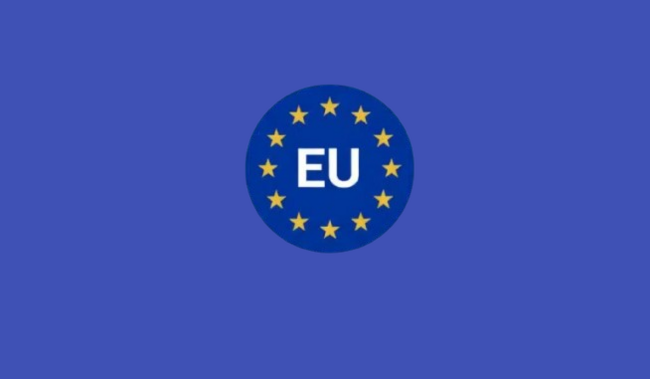Highlights:
- The ESRB has recommended a ban on multi-issuance stablecoins in the EU.
- EU officials warn that multi-issuance stablecoins from non-EU entities could weaken euro oversight.
- The ECB is advancing the digital euro plans with possible approval by the end of the year and rollout expected by 2029.
The European Systemic Risk Board (ESRB) has recommended a ban on stablecoins issued across multiple jurisdictions. The advisory targets coins that operate both inside and outside the European Union. Although the recommendation is not legally binding, it could influence policymakers to adopt tougher restrictions on major issuers.
🇪🇺 EU proposes to ban multi-issuance stablecoins 🚫💶
📌 The European Systemic Risk Board (ESRB), chaired by ECB President Christine Lagarde 👩💼, has approved a recommendation to prohibit the issuance of stablecoins under the multi-issuance model, where the same company issues… pic.twitter.com/VySAAl27il
— Artyom Tamrazyan (@ArtyomTamrazya2) September 30, 2025
The ESRB also expressed concerns that such digital assets could create a gap in the financial system of Europe. Their interference in multiple legal areas can help them avoid the different levels of control, which raises the possibility of risks remaining hidden. Issuers like Circle and Paxos that operate stablecoins in other jurisdictions would be under increased scrutiny should the proposal have momentum.
Officials stressed that stablecoins tied to foreign currencies may also amplify reliance on non-EU assets. This would expose Europe to external market volatility and risks that are not in its control. The ESRB stated that permitting multiple-issuance models with weaker supervision could have a long-term impact on the financial stability.
Although the recommendation has no direct legal authority, it is an indication of increased pressure by EU institutions. National authorities could adopt the advice and impose measures that reshape how stablecoin issuers operate in the region.
EU Officials Warn of Risks From Multi-Issuance Stablecoins Amid Ban Proposal
European officials have continuously emphasized the dangers of stablecoins issued by non-bloc institutions. The president of the European Central Bank, Christine Lagarde, recently emphasized that stronger policies are necessary to fix the gaps in current oversight. She warned that foreign stablecoins could create blind spots in Europe’s financial framework.
🚨 BREAKING: ECB’s Lagarde warns of liquidity risks from non EU stablecoins. Calls for strong rules to ensure foreign issuers can meet EU redemption demands in a crisis. #Crypto #Stablecoins #ECB pic.twitter.com/U1vJymbMVP
— Pushpendra Singh Digital (@PushpendraTech) September 4, 2025
The market is dominated by stablecoins pegged to the US dollar, which is a prime example. One of the biggest in terms of capitalization is Tether. However, it is pegged to the dollar rather than the euro. The reliance on digital money financed by others has become a source of controversy in Europe, with some sense of sovereignty and resilience being challenged.
Authorities in the bloc see the potential for these assets to expand beyond their original purpose. Assuming the rise of adoption, the use of stablecoins issued outside the EU can undermine the impact of systems based on the euro. With the ESRB’s recommendation, the debate around control and stability is moving closer to concrete action.
Digital Euro Plans Take Shape
Alongside these warnings, the European Central Bank is advancing its work on a digital euro. ECB board member Piero Cipollone recently stated that EU nations could reach a decision by the end of this year. If approved, the digital euro may launch as early as 2029.
Officials aim to provide a secure, reliable, and widely accessible form of central bank money in digital form. They also emphasize that the digital euro would be like a complement to physical cash but not a substitute. The idea is to guarantee resilience in the financial system of Europe and provide citizens with a trusted digital alternative.
Best Crypto Exchange
- Over 90 top cryptos to trade
- Regulated by top-tier entities
- User-friendly trading app
- 30+ million users
eToro is a multi-asset investment platform. The value of your investments may go up or down. Your capital is at risk. Don’t invest unless you’re prepared to lose all the money you invest. This is a high-risk investment, and you should not expect to be protected if something goes wrong.






